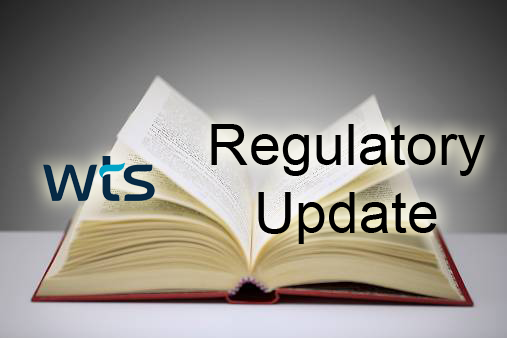Corporate goals drive sustainability initiatives that include Zero Landfill mandates, yet certain waste materials and by-products don’t have established recycling technologies or intrinsic value to drive this effort.
In the case of remediation waste from historically contaminated sites involving low level contaminated soils or soil like materials (sized concrete, asphalt, brick), alternate economically driven technologies aren’t always available.
It’s important to realize that even if by-products/waste materials destined for non-haz landfill do not have intrinsic monetary value, they might have physical characteristics that meet criteria to utilize these materials as operational daily cover.
Most landfills have operational requirements to cover their daily receipts with suitable materials that meet their permit mandates. Cover materials prevent receipts from blowing around, support odor control and reduce migration due to precipitation runoff.
Most States and the EPA have established guidelines for the utilization of alternate cover materials consisting of remediated soils that have low contamination, manufacturing process waste and or engineered materials that meet cover criteria. This idea is identified as Beneficial Use Determination or BUD.
In many cases a BUD drives economic savings to the generator of the waste through reduced tipping fees. The volumes needed, identified and generated from remediation sites are often very significant. On one project, utilization of a Beneficial Use Determination brought a WTS client a cost savings of over $6-8 MM.
Another true benefit of utilizing a BUD is that it helps companies meet corporate sustainability goals by eliminating direct landfill use.
Beneficial Use Determinations vary by state, region, and facility. An understanding of varying BUD guidelines and the evaluation and input of our client’s remediation and analysis plans is instrumental in qualifying a material for a BUD, usually driving substantial cost savings.
In some cases, the frequency of sampling points as well as establishment of sampling grids to identify contaminated area fluctuations are needed to meet BUD requirements. Additional constituent testing might also be required.
WTS has been helping our clients understand and claim this potential benefit for over 30 years, and we recognize the drivers associated with sustainability, zero landfill and just as importantly, economic savings.

